From emperors to billionaires, powerful patrons have asked artists to create the unexpected.
For as long as art has existed, there have been patrons with peculiar tastes and grand imaginations. From ancient pharaohs and emperors to modern tech moguls and pop stars, history is full of powerful clients who commissioned artworks that went far beyond the ordinary. These eccentric requests often blended personal fantasy, political messaging, ego, and creativity into projects that still fascinate (and sometimes baffle) us today. Why are these works so intriguing to art historians? In part because each bizarre commission reveals something about its patron’s power and personality. Whether it’s a life-sized army buried with a Chinese emperor or a surreal telephone for a 20th-century aristocrat, these artworks remind us that when money and influence are involved, no artistic vision is too absurd.
Noteworthy (and Strange) Commissions
Pharaoh Akhenaten – Radical Royal Portraits in the Amarna Style (c. 1350 BCE)

When Pharaoh Akhenaten of Egypt abandoned tradition to worship the sun disk Aten, he launched not just a religious revolution but an artistic one. He ordered his court artists to portray him and his family in a radically new style that must have shocked his contemporaries. Sculptures and reliefs show Akhenaten with elongated skull, narrow eyes, protruding belly, and feminine hips—a far cry from the idealized muscular kings before him. His wife Nefertiti and their daughters were depicted with exaggerated features and intimate family scenes, a striking departure from earlier, formal portrayals of divine royalty. Scholars still debate whether this reflected a medical condition or symbolic spiritual ideology, but the result was a visual language entirely unique to his reign. After Akhenaten’s death, Egypt reverted to old traditions and attempted to erase his legacy. Yet the Amarna art remains a vivid record of one ruler’s profoundly personal and highly unusual vision of kingship.
Emperor Qin Shi Huang – An Underground Army for the Afterlife (3rd century BCE)
In a commission unmatched in scale and secrecy, China’s first emperor Qin Shi Huang ordered the creation of a full terracotta army to be buried with him. Around 210 BCE, thousands of life-sized clay soldiers, horses, and chariots were crafted to guard the emperor in the afterlife. Each warrior featured individualized facial features and armor, arranged in military formation across vast underground pits. Ancient sources say 700,000 workers labored on this mausoleum project, which remained hidden until its discovery in 1974 by farmers digging a well. At the time of its creation, this funerary army was both a political and metaphysical statement: Qin sought to replicate his earthly empire beyond death. The Terracotta Army illustrates how power can fuel massive artistic ambition, and how the desire for immortality can yield one of the world’s most stunning archaeological finds. Today, the site is a UNESCO World Heritage marvel that continues to yield new discoveries.
Emperor Nero – Colossal Bronze Statue as Sun God (64 CE)
Few rulers embodied vanity like Emperor Nero, who commissioned a 100-foot bronze statue of himself depicted as Sol, the Roman sun god. Installed near his newly built Golden House in Rome after the great fire of 64 CE, the colossal statue was sculpted by Zenodorus and stood taller than most ancient buildings. Romans were awed (and scandalized) by the sight of their living emperor claiming divine status through monumental art. After Nero’s fall, successors altered the statue to resemble other gods or themselves, and it was later moved near the Flavian Amphitheater, which inherited the nickname “Colosseum.” Though the statue has long since disappeared, its legacy endures. Nero’s commission represents the audacity of imperial self-deification and how public art was wielded to broadcast both power and personality. It was unusual not just for its size but for its iconography—an emperor refusing to wait for death before becoming a god in bronze.
Emperor Commodus – Portrait as Hercules (c. 192 CE)
Roman Emperor Commodus went beyond vanity into myth-making when he commissioned sculptures of himself as the demigod Hercules. The most famous marble bust from around 192 CE shows him wearing the lion skin headdress, holding a club, and clutching the golden apples of the Hesperides. Additional details, such as zodiac symbols on a globe and Amazons on the pedestal, emphasized cosmic significance. Unlike traditional emperor portraits, this was no mere flattery—Commodus actively performed as Hercules, donning costumes in public and renaming Roman months after his titles. Roman elites were appalled by this blurring of man and myth, and after his assassination, the Senate tried to erase his image. But this remarkable bust survived, buried and rediscovered in the 19th century. Today housed in the Capitoline Museums, it stands as an exceptional artifact of imperial delusion and theatrical self-image—art used not to honor the past, but to perform a fantastical version of the present.
Emperor Rudolf II – Portrait Made of Produce (1591)
In Renaissance Prague, Holy Roman Emperor Rudolf II presided over a court full of alchemists and artists. Among them was Giuseppe Arcimboldo, who delighted the emperor with highly imaginative portraits composed entirely of fruits, vegetables, and flowers. The most famous is “Vertumnus” (1591), where Rudolf’s face is made of apples, pears, wheat, and more, depicting him as the Roman god of the seasons. It was an eccentric yet flattering metaphor for imperial abundance and harmony with nature. At a time when rulers favored stately armor and regalia, this edible effigy was a wildly creative departure. Arcimboldo’s precision turned whimsy into high art, and Rudolf reportedly adored it. The portrait was later taken as war booty to Sweden, where it resides in Skokloster Castle. It’s now recognized as both a surrealist precursor and a masterclass in allegorical portraiture, proving that even emperors enjoyed a touch of botanical playfulness.
King Ludwig II of Bavaria – Venus Grotto Fantasy (1877)
Known as the “Fairy Tale King,” Ludwig II of Bavaria commissioned an artificial cave at Linderhof Palace inspired by Wagner’s opera Tannhäuser. This Venus Grotto featured an underground lake, artificial stalactites, and a golden swan boat from which Ludwig would drift while listening to Wagner’s music, sometimes accompanied by hidden musicians. Even more fantastical, the grotto was illuminated with early electric lighting in changing colors—a technological marvel in 1877. It was an artwork and engineering feat rolled into one. Built purely for the king’s private enjoyment, the grotto epitomized Romantic escapism and theatrical excess. While critics called Ludwig mad, his fantasy commission has become an enduring symbol of operatic imagination brought to life. Today restored and reopened to visitors, the grotto reminds us how personal obsession, when combined with unlimited resources, can produce marvels that straddle the line between eccentricity and visionary genius.
Edward James – Surrealist Furnishings (1930s)
English aristocrat Edward James was a key patron of Surrealist art, and his 1930s collaborations with Salvador Dalí brought domestic absurdity to life. Among their strangest results were the “Lobster Telephone,” a functioning phone topped with a plaster lobster, and the “Mae West Lips Sofa,” a couch shaped like the Hollywood starlet’s lips. These pieces blurred the line between sculpture and furniture, turning James’s home into a surrealist installation. James embraced Surrealism’s psychological wit, and Dalí’s designs played into themes of desire and absurdity. Far from decorative novelties, these commissions helped solidify Surrealism’s cultural impact beyond the canvas. Today, the lobster phone and lips sofa are icons housed in major museums, symbolizing how personal whim and deep-pocketed patronage can create objects that are playful, provocative, and enduringly influential in art and design history.
Michael Jackson – Royal Equestrian Portrait (2010)

Pop superstar Michael Jackson, fascinated by monarchy and legacy, commissioned painter Kehinde Wiley to create a royal-style portrait placing him in the pose of King Philip II of Spain from a 17th-century Rubens painting. Though Jackson passed away before its completion, the finished work (2010) shows him in full armor on a horse, surrounded by cherubs and crowned with glory. The portrait is both a homage and a reinvention—blending Jackson’s pop persona with the grandeur of classical European portraiture. It was displayed in the 2018 exhibition Michael Jackson: On the Wall at London’s National Portrait Gallery, where it sparked conversation about image, power, and the legacy of celebrity. The painting reflects Jackson’s self-styled mythology and Wiley’s artistic mission to reframe Black identity within Western art traditions. It’s a modern example of how even a music icon can use old master tropes to cement a place in cultural history.
Sheikha Al-Mayassa of Qatar – Giant Bronze Baby Sculptures (2013)

As part of a major public art initiative, Sheikha Al-Mayassa of Qatar commissioned British artist Damien Hirst to create a 14-sculpture series called The Miraculous Journey (2013). Installed outside the Sidra Medical Center in Doha, the sculptures depict the stages of human gestation—from fertilized egg to newborn baby—culminating in a 14-meter-tall bronze infant. Anatomically detailed and visually imposing, the works were the first major nude sculptures ever displayed publicly in the Middle East, and they stirred considerable controversy upon unveiling. Initially shrouded from view due to public backlash, the sculptures were later revealed again with educational context. The commission is both bold and provocative, blending Hirst’s fascination with biology and mortality with Qatar’s ambitions to become a global cultural hub. It’s a striking example of contemporary art’s ability to challenge taboos, especially when backed by royal patronage with a vision that embraces both tradition and boundary-pushing symbolism.
Conclusion
From ancient tombs to 21st-century hospitals, the world’s strangest art commissions reveal as much about the patrons as the works themselves. These unusual requests highlight how power, wealth, and imagination can result in artworks that defy convention and spark fascination centuries later. Whether motivated by self-glorification, whimsy, or cultural ambition, the clients behind these projects have shaped the visual landscape in remarkable ways. For artists, these commissions can present both creative challenges and unique opportunities—sometimes yielding masterpieces that blend the bizarre with the beautiful. Ultimately, these stories remind us that art history isn’t just about genius painters and sculptors; it’s also shaped by the personalities, egos, and dreams of those who foot the bill.





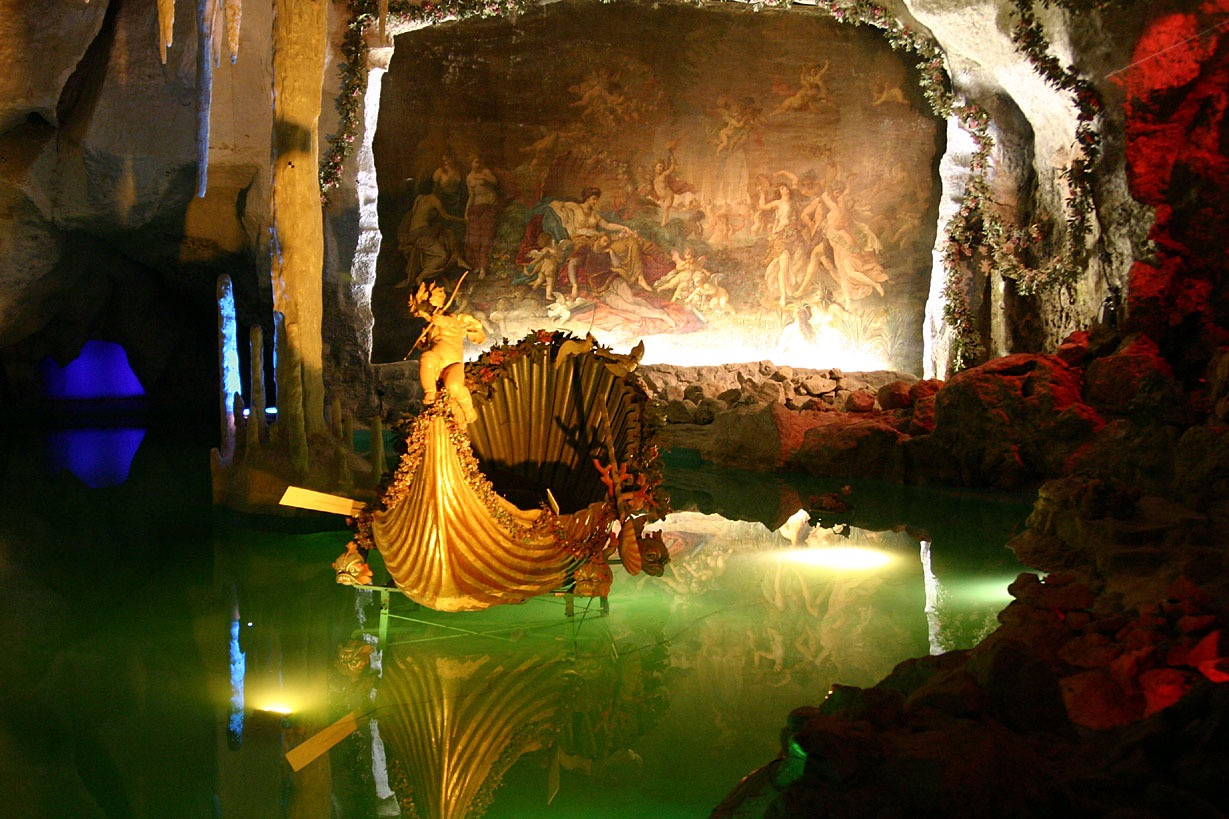
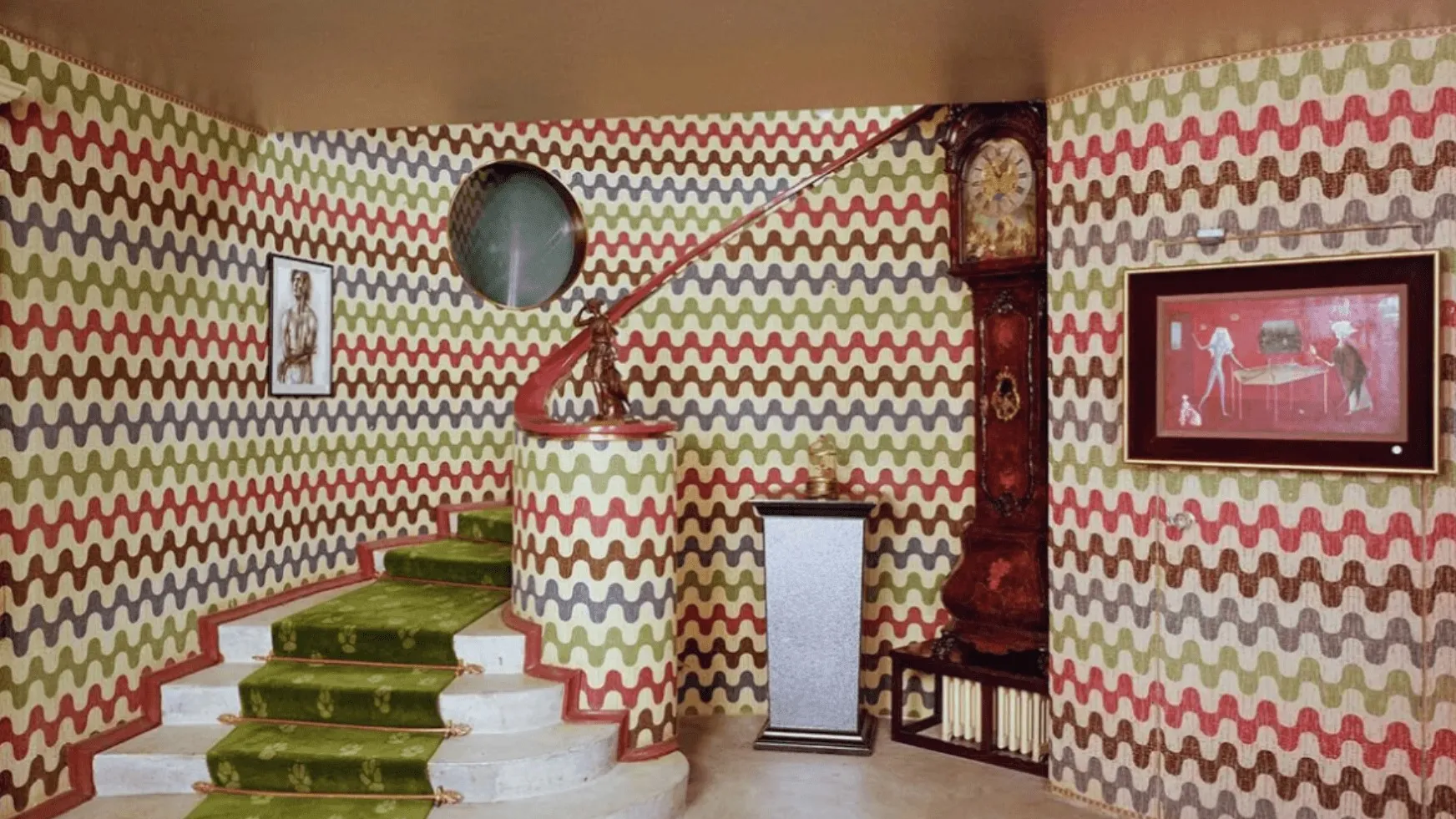
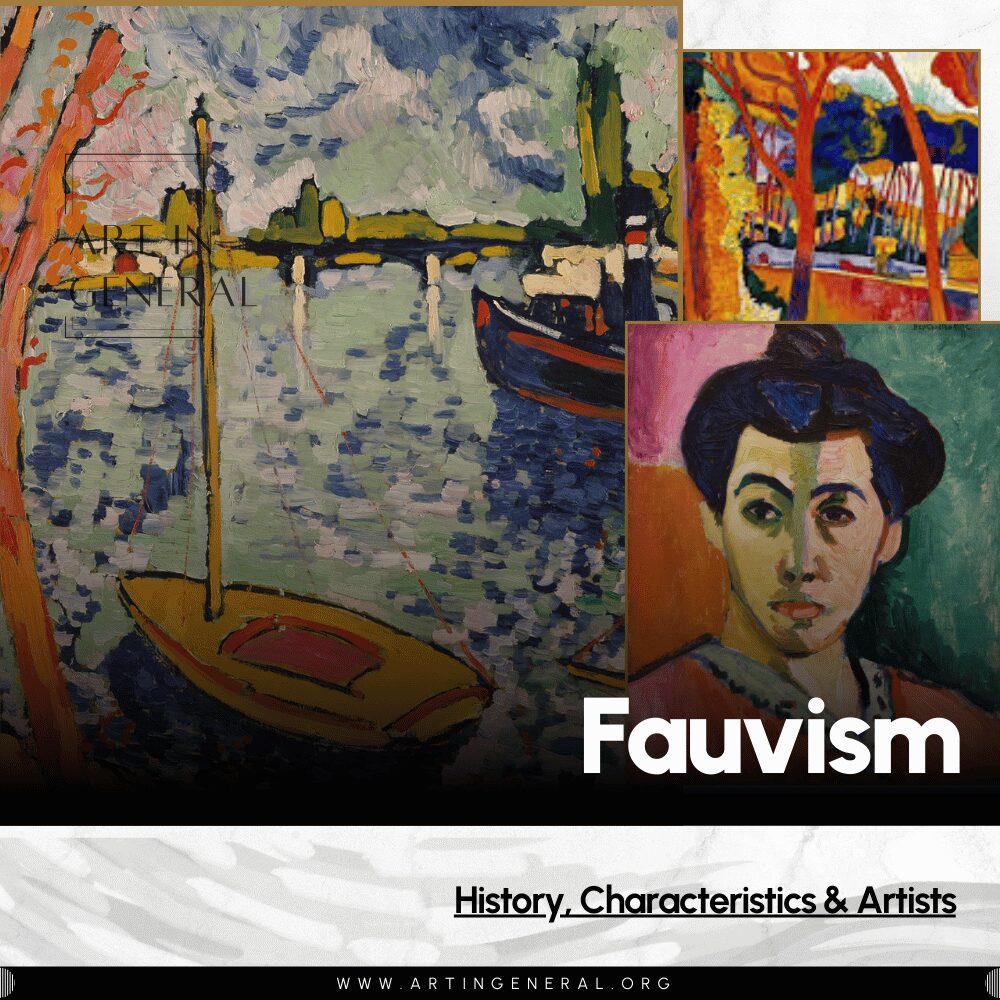
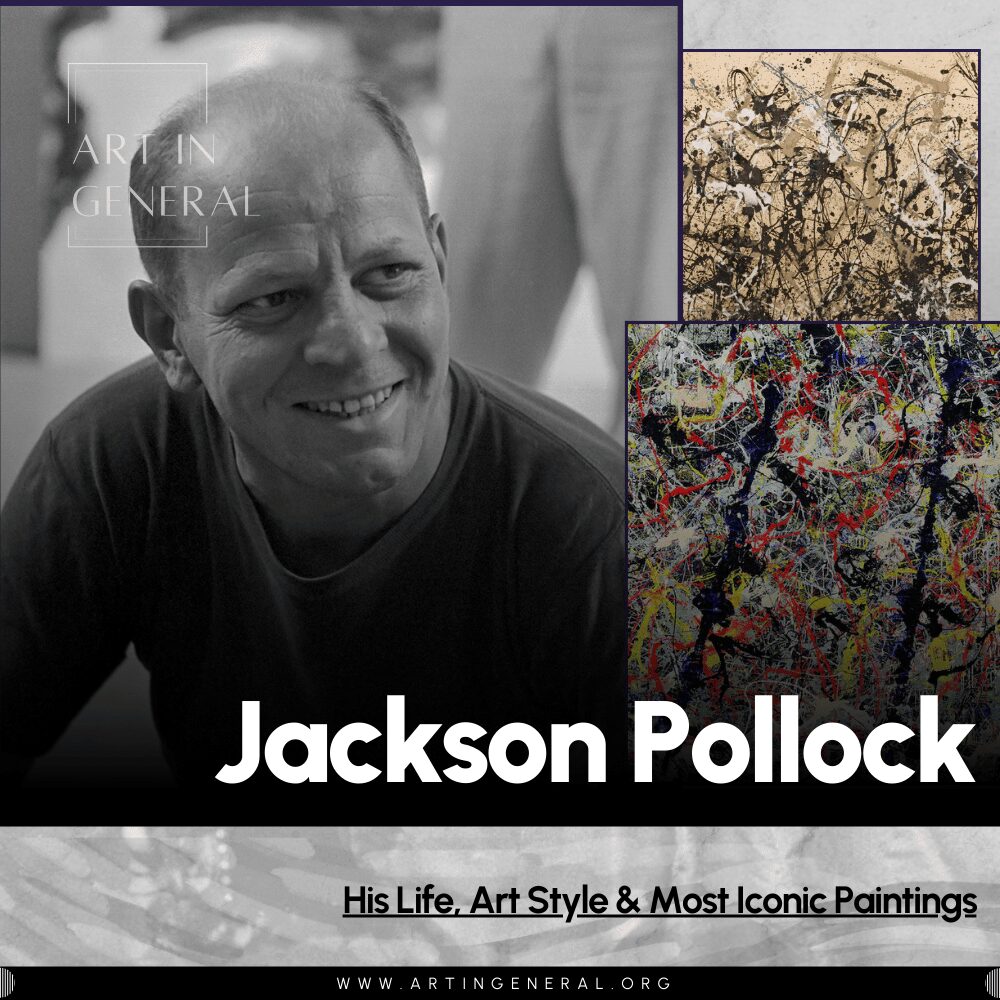
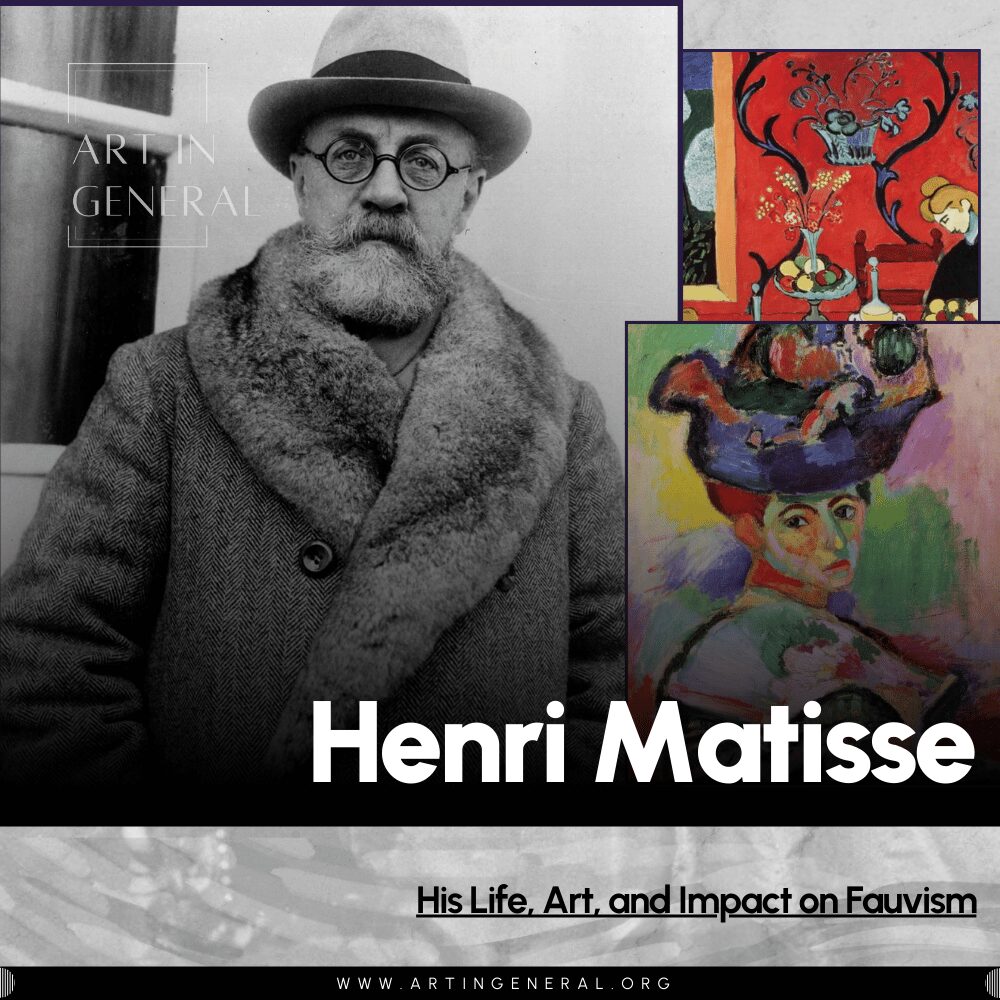
Leave a Reply